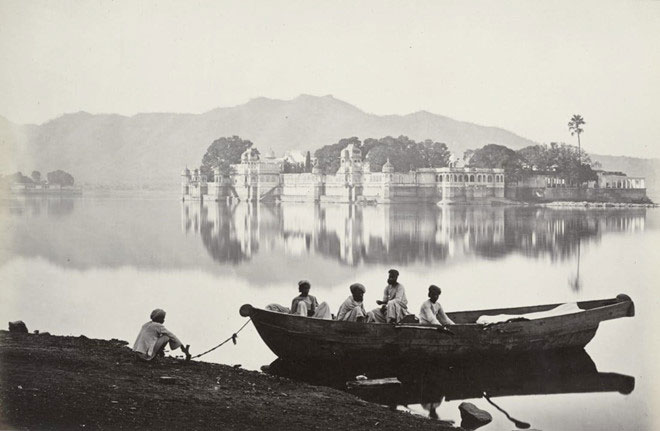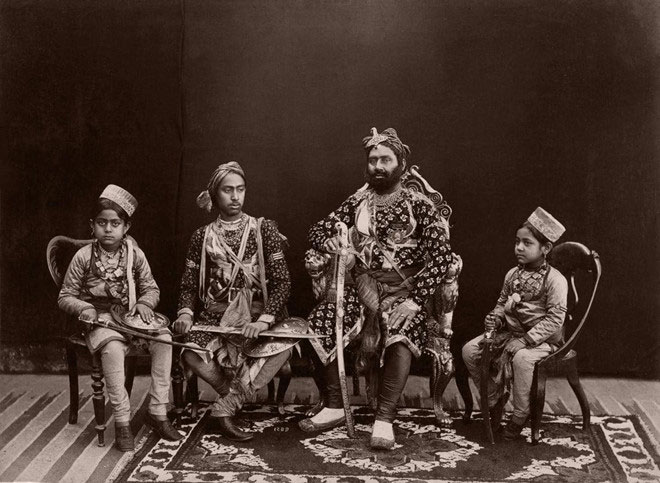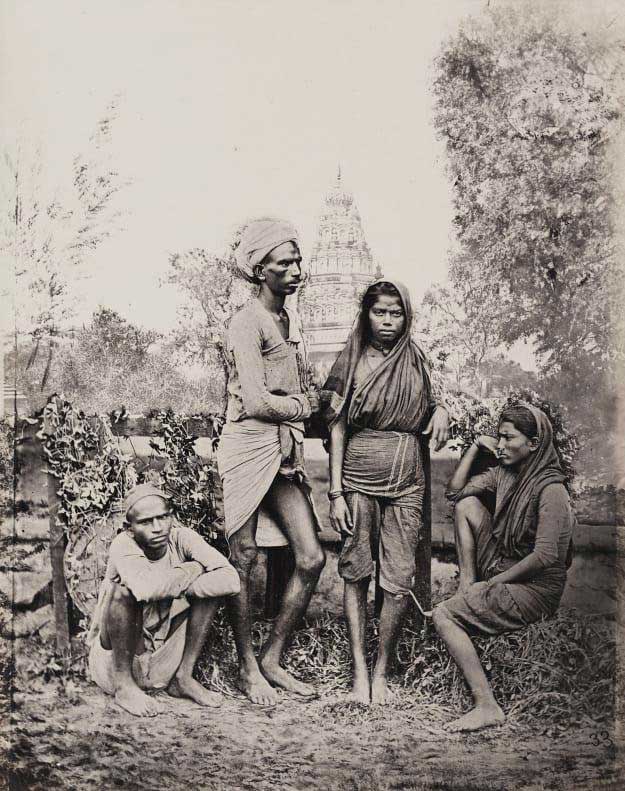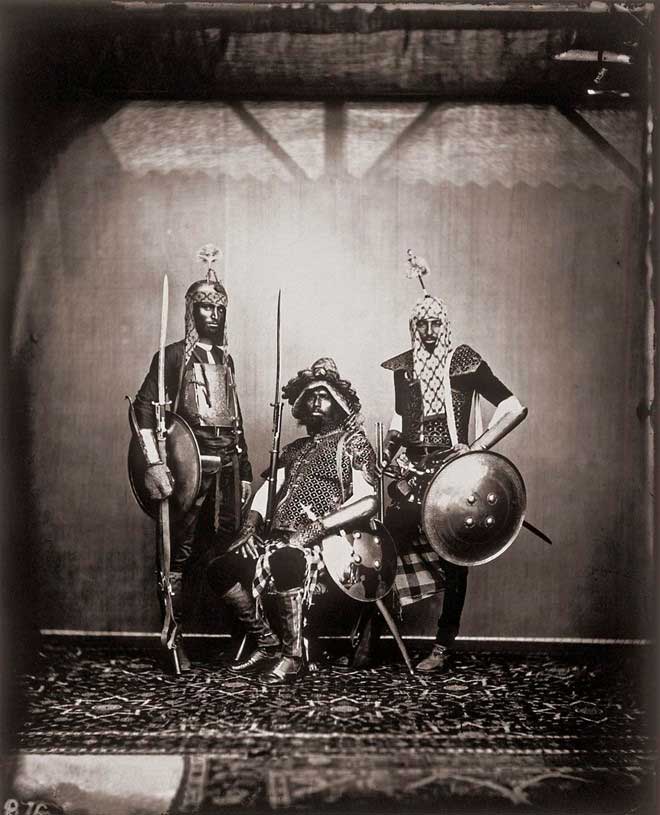Rare photos of British colonial India in the 19th century
The new book publishes the intentional photos of British colonialists in India in the 19th century and the rich life of the locals before the then "technological age".

The story of 19th century India in the book Photography in India is a story about the colonial country before the era of technology.In the late 1840s, when cameras from Europe entered the port cities in India, photo shops began to be opened across the country.British rulers in India (British rule in South Asia from 1858-1947) created lists of people, cultures, landmarks, buildings and wildlife. they encountered on this land.(Photo: CNN).

CNN quoted Nathaniel Gaskell, co-founder and deputy director of the Museum of Art and Photography in Bangalore, India, saying photography is a great invention, but it is also widely used as a tool. colonial propaganda then.(Photo: CNN).

India's painful history has become part of the Photography in India book by Gaskell and Diva Gujral. From photos that reinforce racial stereotypes to portraits depicting colonial officers as "Western saviors" , the book reflects many ideals that underlie the domination of British colonialism.(Photo: CNN).

"You should know that everything, including photos of buildings, is taken with a certain purpose , " Gaskell said. "They make India look like a place to interfere." "The purpose of this is not to show a great empire in the past, but to show the ruins of ruins. This somehow shaped the way the photos came out, and so the value of they are not completely objective, " he said.(Photo: CNN) .

The British colonial intervention in India was also "justified" by descriptive images of living conditions in India, according to Gujral, co-author of the book.For example, pictures of famine Madras in the 1870s were published specifically for British newspapers, advocating expansion into India.(Photo: CNN).

"These photos are biased towards the idea of the 'chaotic East' to show that there is a need for Western people. But when they are released to the London press, they actually create a very interested public group. to the hunger that is raging. (They will ask), "did you go there to change (hunger)? But why are people still hungry? What are you doing there? "" Gujral explained further. "So sometimes the pictures are completely counterproductive," she said.(Photo: CNN).

However, CNN judged that the aesthetics of the photos are still guaranteed. For example, instead of describing distant lands that look like untapped or untouched mountains, the impressive mountains and tropical flora of India will be shown to resemble scenes in shallow areas. English village. Of course, this also reflects British propaganda goals. Gaskell thinks this is "a kind of landscape domestication". "I see this as an expansion of ownership and legalization (colonial), because it shows that (India) is the great garden of England," he added. "It's crazy to think that they are taking pictures of the Himalayas as if they were plain people . "(Photo: CNN).

While the images of the book reflect an obvious propaganda effort, many documents merely record the nuances of everyday life.(Photo: CNN).

In addition to political objectives, rulers also use cameras for purposes such as art, postcards or souvenirs.Some of the first photos taken in this country were stored by the British military and civilian agencies.(Photo: CNN).

The popularity of portraits in the second half of the nineteenth century made Indian royalty, business class, and other wealthy individuals able to own family photos, "just like the British did, " Gaskell said.(Photo: CNN).

Local photographers have welcomed this trend.They have contributed to creating a unique taste for Indian photography, inspired by the country's artistic tradition.This is especially reflected in the manual color scheme, which turns the monochrome image into a brilliant work of art.(Photo: CNN).

"Coloring photos by hand is available in Japan and China," Gaskell said. "But in India, paint artists are much thicker, almost completely hiding the image. They paint directly on top, so it's almost impossible to see any original photos . "(Photo: CNN).

Sometimes, people will come to the studio to take photos, then the face of the family will fit into a completely restored scene.(Photo: CNN).

However, the local tradition cannot completely eliminate its colonial context.(Photo: CNN).

Ms. Gujral said she wanted to expose a popular view that "all photos were taken by colonialists". Instead, the two authors' books include rigidly photographed, British science photographs and photographs recorded by locals and colored with their hearts. "(The book) is halfway between those two," she said.(Photo: CNN).
- 19th century China through rare photos
- Photos of life in China in the late 19th century
- Rare photos of Shanghai more than 150 years ago
- The life of people in the bottom of society in London in the 19th century
- Rare photos of Bac Ninh during the French colonial period
- Objects similar to smartphones in the 19th century painting
- Discover a series of strange photos about Vietnam colonial period
- Colonial colonial behavior changes after winning
- Rare color images of Native Americans in the 19th and 20th centuries
- What do you know about 19th-century television with
- Discovered two missing ships from the 19th century when searching for MH370
- Modern people are not as intelligent as people of the 19th century?
 The 11 most unique public toilets in the world
The 11 most unique public toilets in the world Explore the ghost town in Namibia
Explore the ghost town in Namibia Rare historical moments are 'colored', giving us a clearer view of the past
Rare historical moments are 'colored', giving us a clearer view of the past The world famous ghost ship
The world famous ghost ship